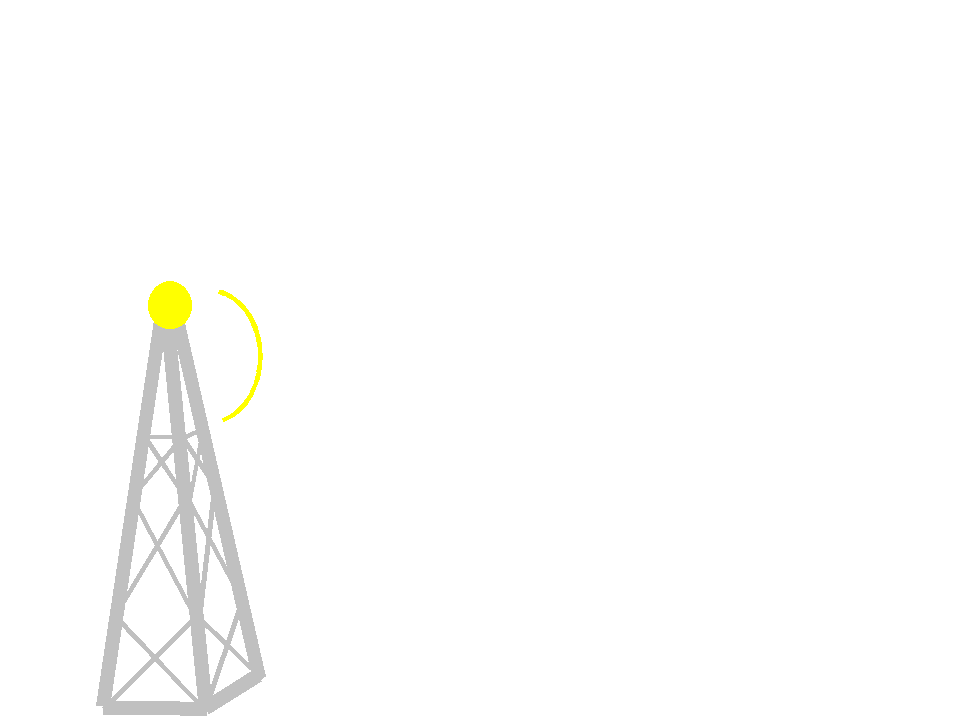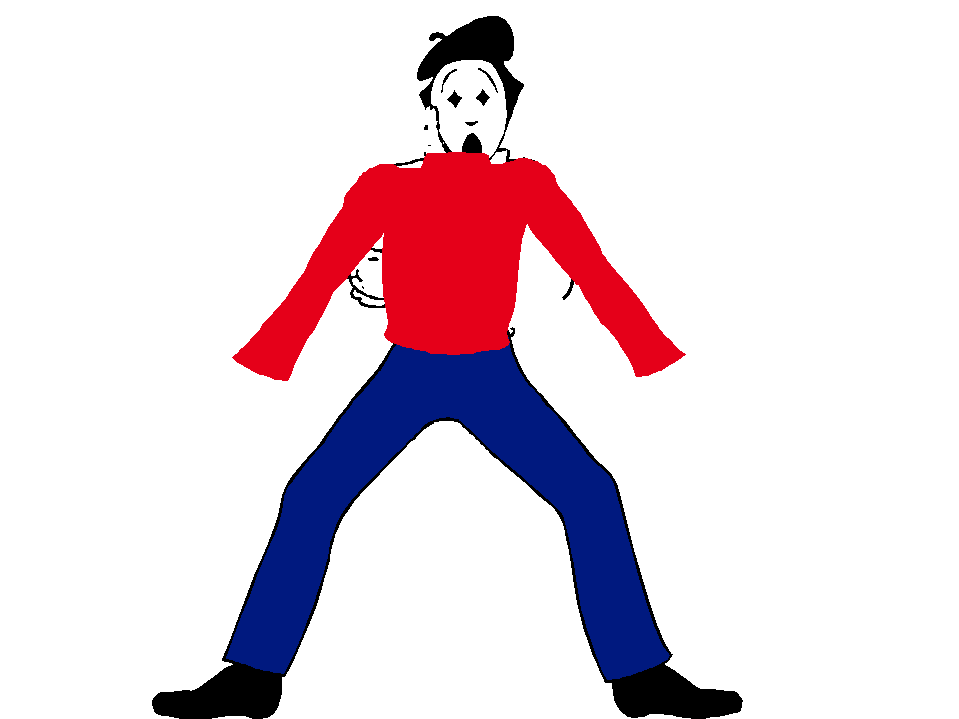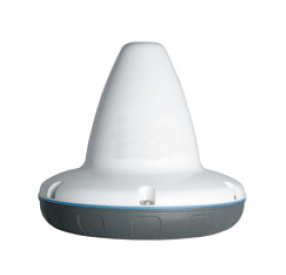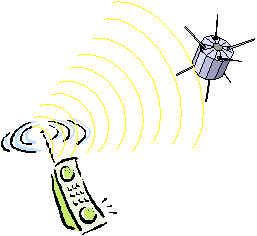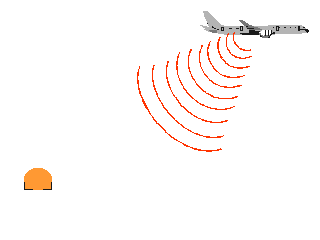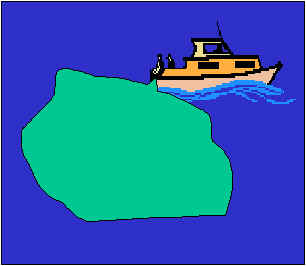ANNEX IV Marine Distress Signals
Anyone who goes to sea in a yacht should do so with sufficient knowledge that they can deal with most incidents that may occur, an experienced skipper will always try to work out how to deal with the many things that may go wrong on a small vessel. However, they should also know when and how to call for assistance when something happens that they or their crew are not capable of dealing with without external assistance.
There are many means of calling for help, some are very simple and will work when everything else has been tried or the boats main systems have failed, you need to know the options available to you before you need them!
|
These signals are the internationally recognised methods of indicating that a vessel is in distress and requires assistance. All yachts should carry the appropriate equipment necessary to make the distress signals that are suitable for the area they are navigating in. |
|
DISTRESS SIGNALS 1. The following signals, used or exhibited either together or separately, indicate distress and need of assistance: |
|
(a) a gun or other explosive signal fired at intervals of about a minute; |
|
(a) Not many vessels in Europe will carry guns or explosive devices, but in other parts of the world you may come across this signaling method (just make sure they are not firing at you!). |
|
(b) a continuous sounding with any fog-signalling apparatus; |
|
(b) This is a very simple method of attracting attention, which requires minimum equipment but is obviously only of use when very near other vessels. |
|
(c) rockets or shells, throwing red stars fired one at a time at short intervals; |
 |
(c) A very useful method of attracting attention when some distance from any possible observers. |
|
(d) a signal made by radiotelegraphy or by any other signalling method consisting of the group . . . - - - . . .
(SOS) in the Morse Code; |
|
(d) On small craft this is a useful back up method summoning assistance, especially if sent by a powerful signalling light. |
|
(e) a signal sent by radiotelephony consisting of the spoken word "Mayday"; |
|
(e) This is probably the most effective method and will normally be the first means of summoning assistance. Especially, when linked to a radio with DSC capability. |
|
(f) the International Code Signal of distress indicated by N.C.; |
|
(f) With the size of flags carried on most vessels, you could probably shout as far as this signal could be recognised! However, once hoisted, this signal requires no further effort to be maintained. |
|
(g) a signal consisting of a square flag having above or below it a ball or anything resembling a ball; |
|
(g) This signal suffers from the same problem as flags. In addition, most people would probably not recognise it! |
|
(h) flames on the vessel (as from a burning barrel, oil barrel, etc.); |
|
(h) This may seem obvious, but the boat itself does not need to be on fire. It may be possible to light some oily rags in a bucket. This could be useful if you have used all your distress flares! |
|
(i) a rocket parachute flare or hand flare showing a red light; |
|
(i) Again a very useful mechanical means of summoning aid. Ensure you have sufficient for the area you will be sailing in. Also it is often recommended that parachute flares are fired in pairs with about a 5 minute gap between them. This is because the person who sights a flare may not be the skipper, by firing a second one a few minutes later, the aim is to give the person who is responsible for the decision making on board enough time to reach the bridge and to see the flare for themselves. |
|
(j) a smoke signal giving off orange-coloured smoke; |
|
(j) Useful up to a range of 2 miles, especially when indicating the vessel in distress to a helicopter when there are several other craft in the vicinity. |
|
(k) slowly and repeatedly raising and lowering arms outstretched to each side; |
|
(k) This is surprisingly effective at short range and may be all that is required when in a small vessel in busy waters. |
|
(l) a distress alert by means of digital selective calling (DSC) transmitted on: (i) VHF channel 70, or (ii) MF/HF on the frequencies 2187.5 kHz, 8414.5 kHz, 4207.5 kHz, 6312 kHz, 12577 kHz or 16804.5 kHz; |
|
(l) For most inshore sailors a distress alart by DSC is probably the best means of attracting attention. All yachts should have a DSC cabable VHF radio installed, and the crew trained to use it. |
|
(m)
a ship-to-shore distress alert transmitted by the ship's Inmarsat or other mobile satellite service provider ship earth station; |
|
(m) One of the most effective means of calling for assistance when a long distance from land. Requires relatively little skill with radio systems, but reasonably expensive to install. |
|
(n) signals transmitted by emergency position-indicating radio beacons. |
|
(n) For the ocean sailor an Emergency Position Indicating Position Beacon (EPIRB) is an essential piece of safety equipment. When out of range of other communication systems they will transmit a distress signal to be picked up by satellite, then pass it on to a ground station to start a search and rescue operation. They are also very useful to the coastal sailor, especially as a back up to the main radio and distress flares. |
|
(o) approved signals transmitted by radio communication systems, including survival craft radar transponders. |
|
(o) A radar transponder, is triggered by the signal from a search craft, and transmits a signal which shows up on the search craft's radar screen and aids fine positioning of a liferaft. |
|
2. The use or exhibition of any of the foregoing signals except for the purpose of indicating distress and need of assistance and the use of other signals which may be confused with any of the above signals is prohibited.
3. Attention is drawn to the relevant sections of the International Code of Signals, the Merchant Ship Search and Rescue Manual and the following signals: |
|
(a) a piece of orange-coloured canvas with either a black square and circle or other appropriate symbol (for identification from the air); |
|
Very useful for summoning assistance from helicopters and other aircraft. Has the benefit that it will last indefinitely and can be left unattended. |
| (b) a dye marker. |
|
Very useful for summoning assistance from helicopters and other aircraft. Can be easily attached to man overboard equipment or lifejackets. |
|
All the crew of a yacht should be familiar with the use of the distress signals and where they are stowed on the vessel. |
Sailtrain.co.uk is free to use, but if you feel you would like to contribute to the running and development costs you can donate via Paypal:
Additional Resources:




